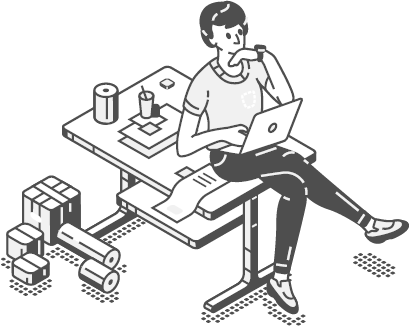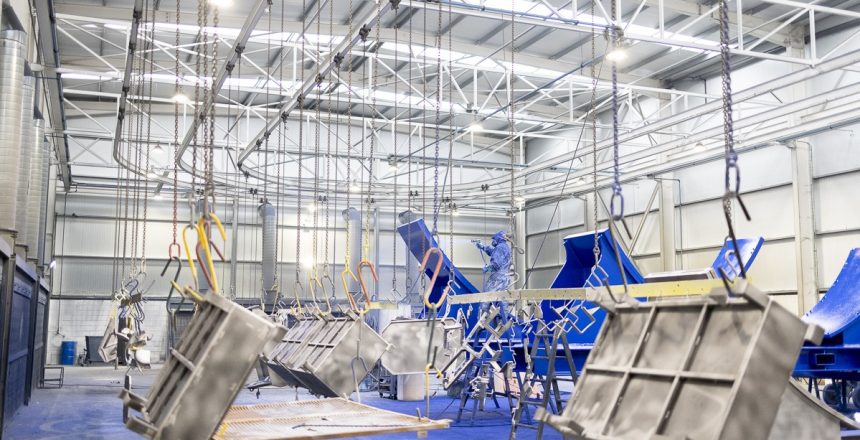The firm specialising in the design and manufacture of tooling for the transport and installation of large components linked to wind energy plans to acquire new robotic welding equipment to automate its processes and incorporate new talent. It intends to achieve sustained growth of between 15 and 20 % over the next three years.
The World Wind Energy Council expects an exponential increase in the field of offshore wind. Thus, its forecasts are that this type of installation will exceed 30 GW in 2027 and 50 GW in 2030. In line with these forecasts, the Navarra-based company Estructuras para Energías Renovables (EPER) made its debut this year in the offshore field alongside two of the three main Western multinationals operating in the sector.
In this way, the company, which specialises in the design and manufacture of tooling for the transport and installation of large components linked to wind energy, plans to acquire new robotic welding processes to automate its processes and incorporate new talent. It intends to achieve sustained growth of between 15 and 20 % over the next three years.
Specifically, it plans to add two new robotic welding stations to bring its total number of robotic welding installations to three. “With the robot we already have, we can weld parts weighing up to five tonnes. Now we are looking for an installation that can move slightly to do the same with parts of between eight and ten metres in length,” explained EPER’s general manager, Borja Aroca.
On the other hand, as part of its aim to attract talent, the company is contemplating the use of metals with a high elastic limit in an R&D project. “These materials have a higher resistance, and our customers demand it from us a lot. We want to create new manufacturing processes to incorporate into our portfolio.”
EPER, founded in 2007, had a turnover of 20 million euros in 2020 and has appeared two years in a row on the Cepyme500 list. It currently has a production centre that employs 94 people and occupies 24,500 square metres in Cintruénigo. From there it serves an international market, since 80% of its products are destined for countries such as Germany, Denmark, France, the United States and Brazil. It has also worked with importers from China, India and Turkey, albeit to a lesser extent.
Sources:




